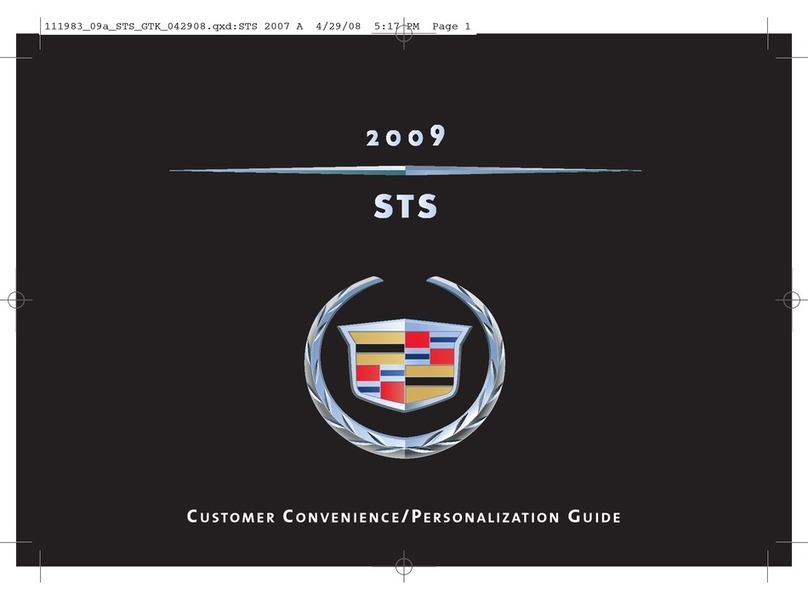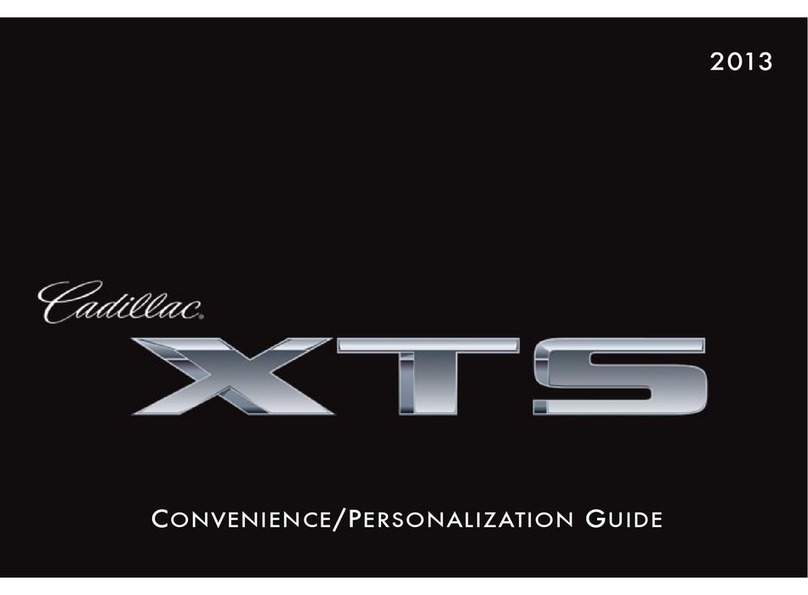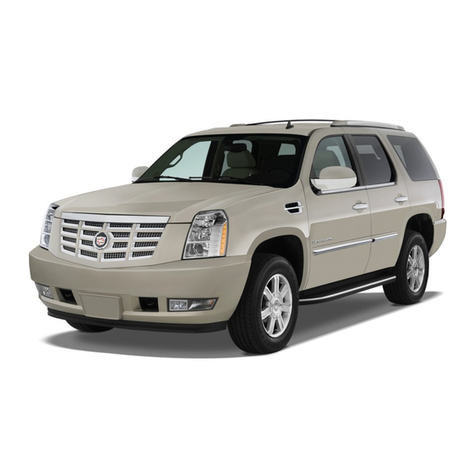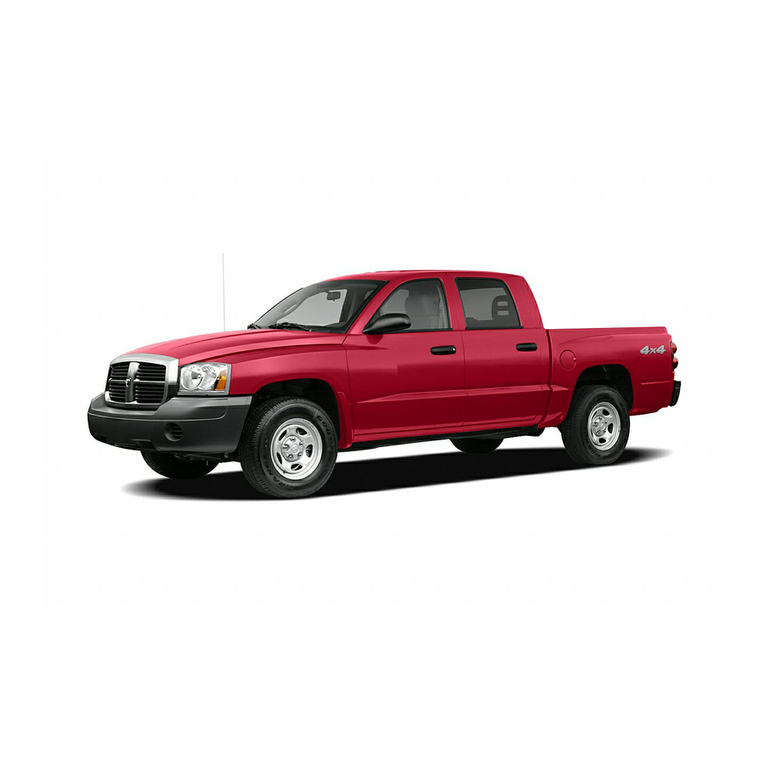Cadillac Cadillac 1973 User manual
Other Cadillac Automobile manuals
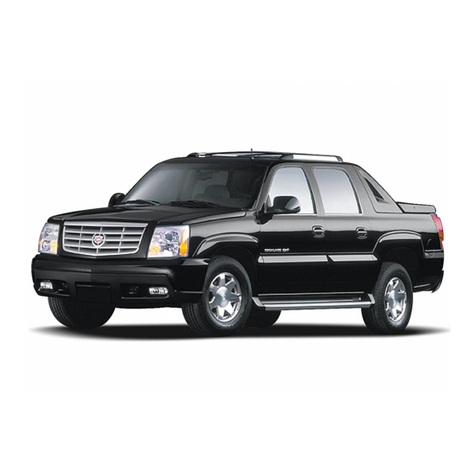
Cadillac
Cadillac ESCALADE EXT 2005 User manual
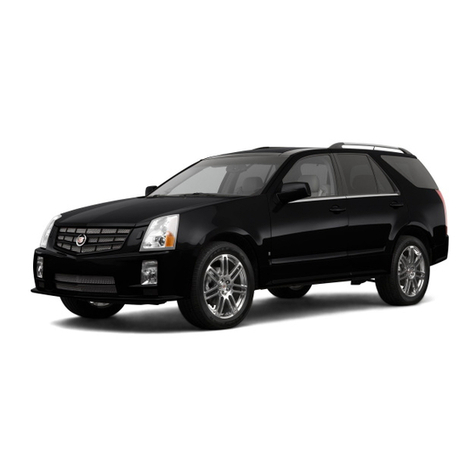
Cadillac
Cadillac 2011 SRX CROSSOVER User manual
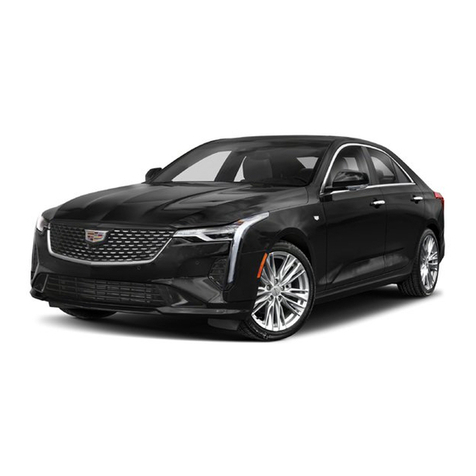
Cadillac
Cadillac CT4 User manual
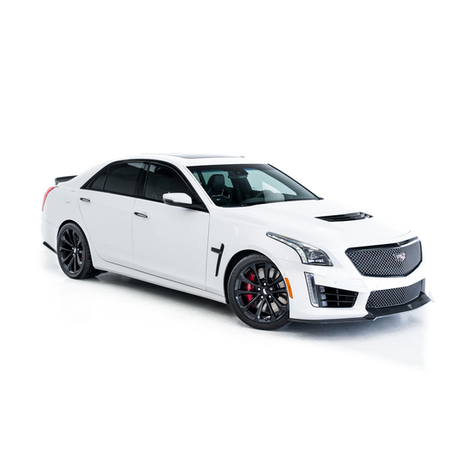
Cadillac
Cadillac 2011 CTS COUPE User manual
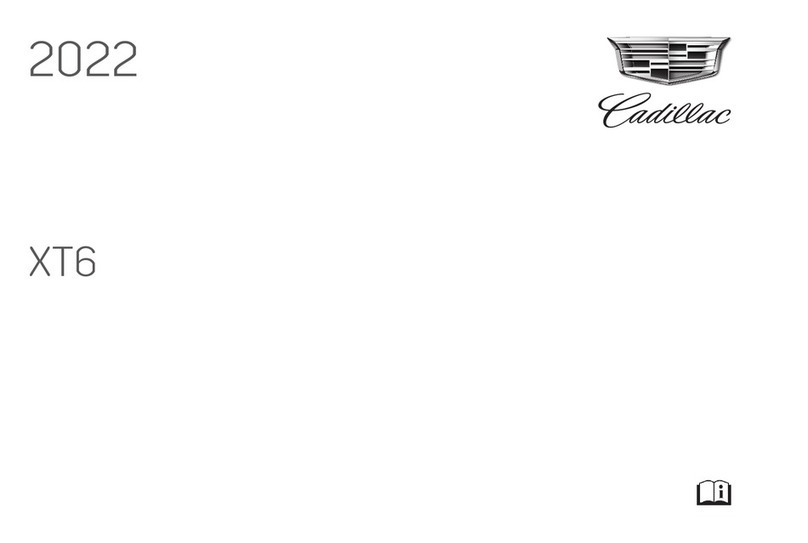
Cadillac
Cadillac XT6 2022 User manual
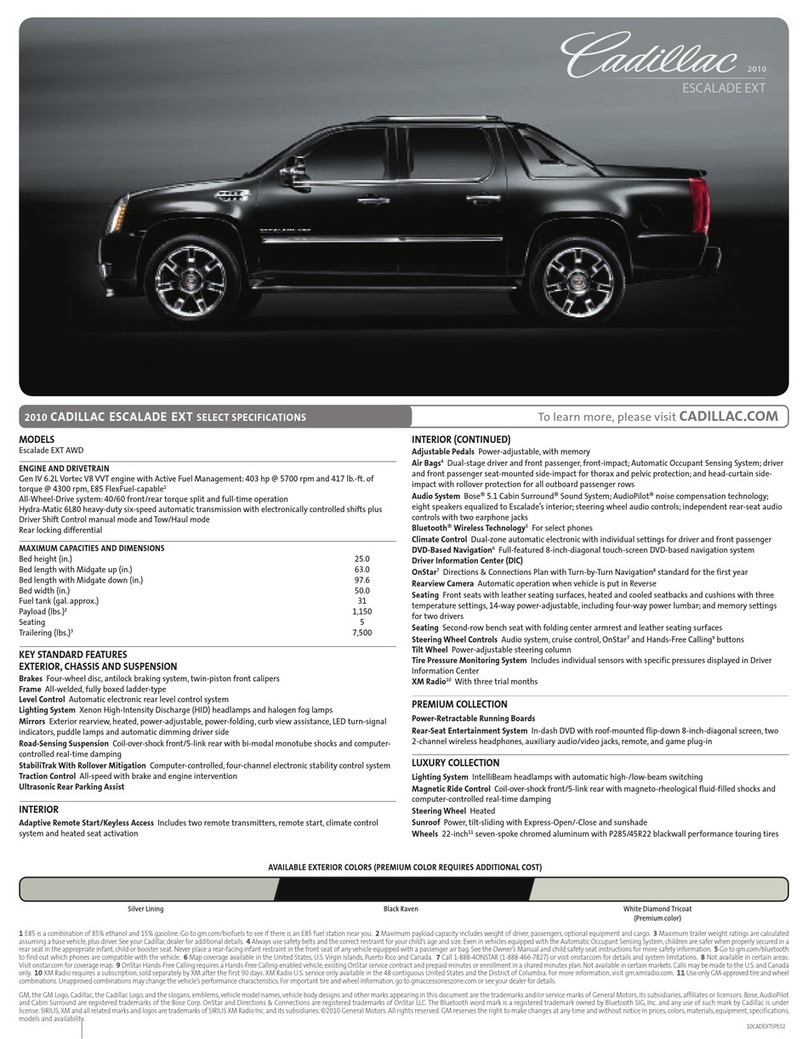
Cadillac
Cadillac 2010 Escalade EXT User manual
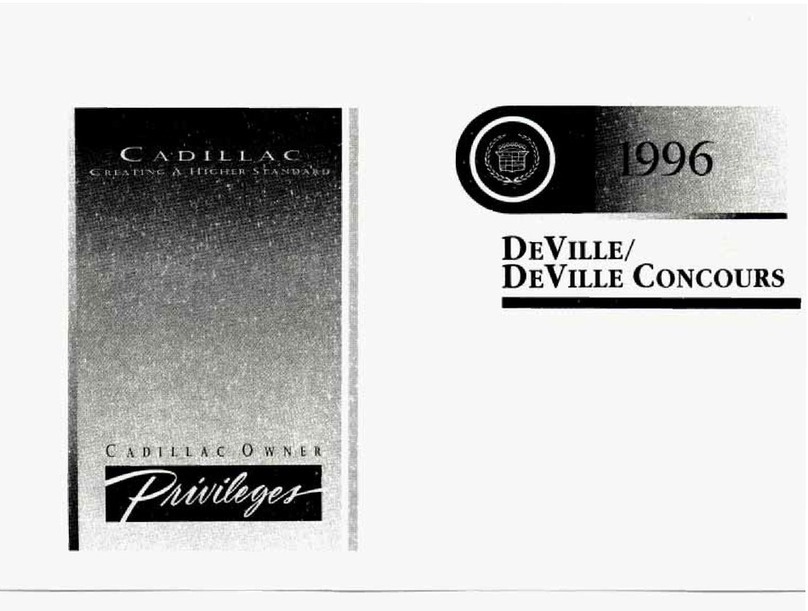
Cadillac
Cadillac 1996 DeVille User manual

Cadillac
Cadillac 1996 Seville User manual

Cadillac
Cadillac 2011 SRX CROSSOVER User manual
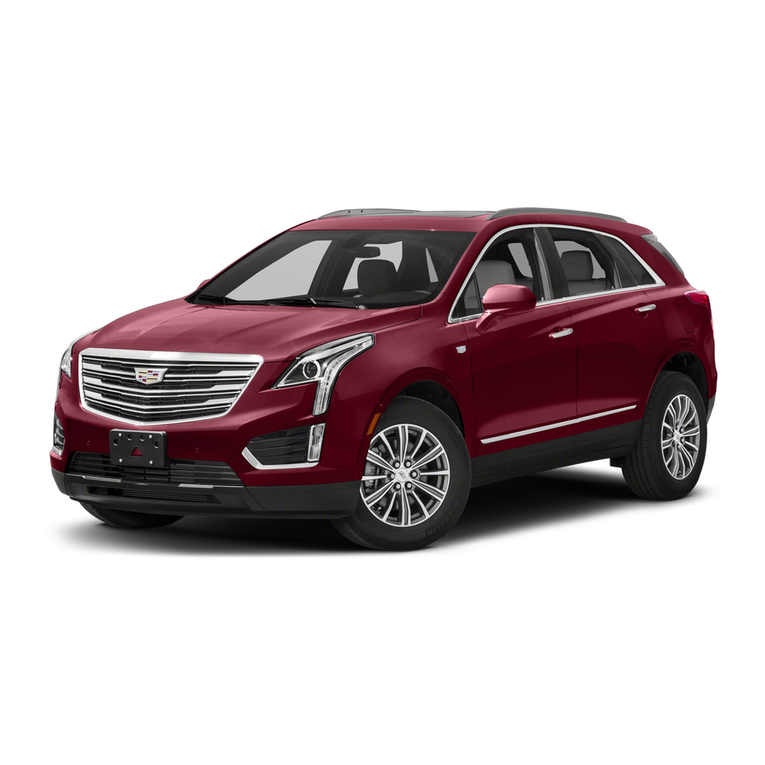
Cadillac
Cadillac XT5 2017 User manual
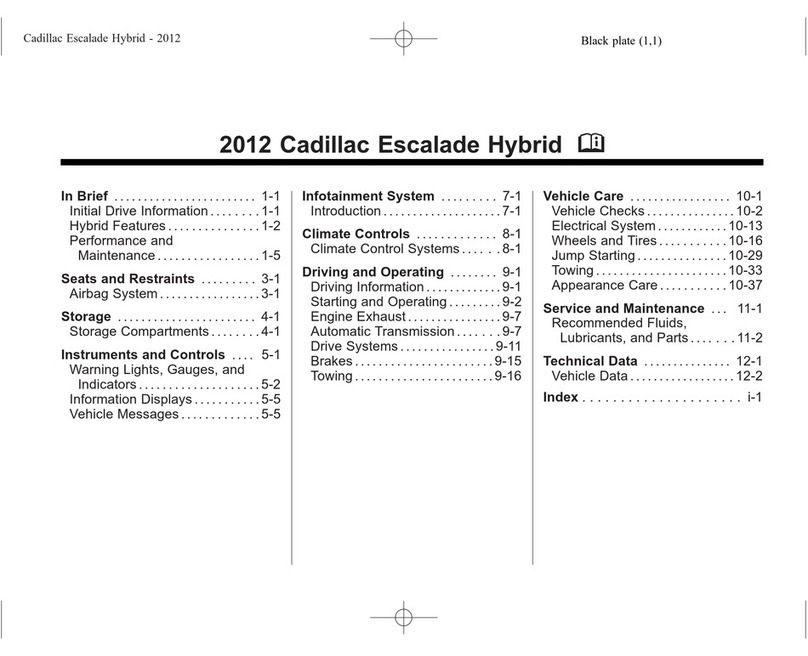
Cadillac
Cadillac 2012 Escalade Hybrid User manual
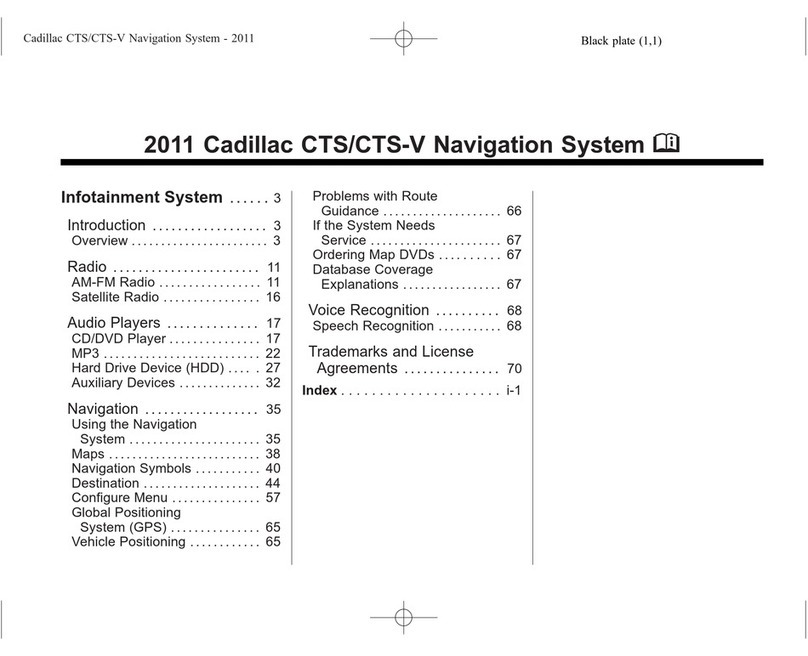
Cadillac
Cadillac 2011 CTS COUPE Parts list manual
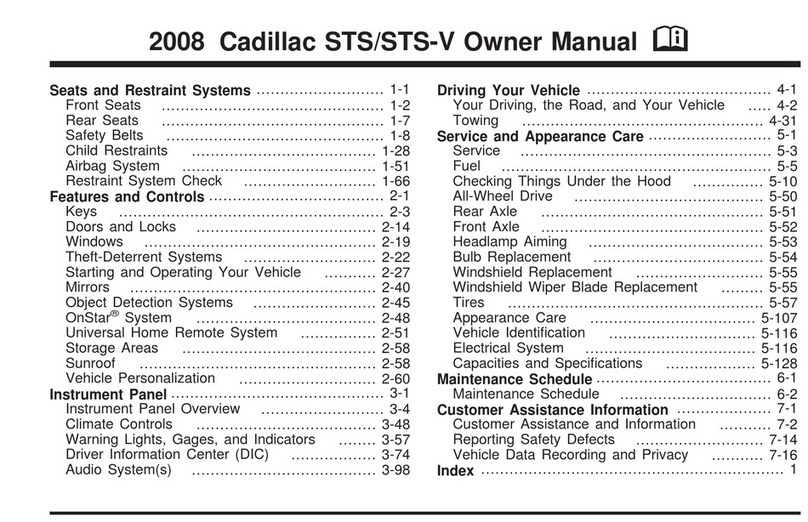
Cadillac
Cadillac 2008 STS User manual

Cadillac
Cadillac Escalade ESV 2014 User manual

Cadillac
Cadillac 2011 CTS COUPE Parts list manual
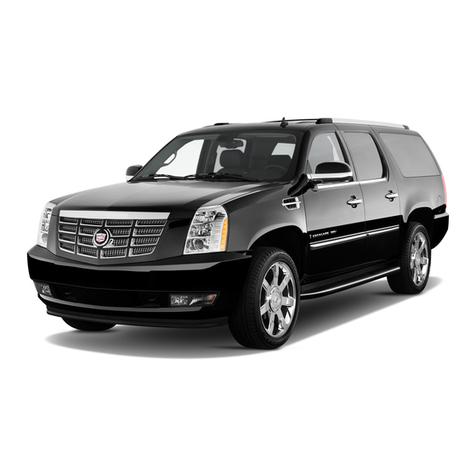
Cadillac
Cadillac 2011 Escalade Hybrid Installation and operating instructions

Cadillac
Cadillac 2012 Cadillac Escalade User manual
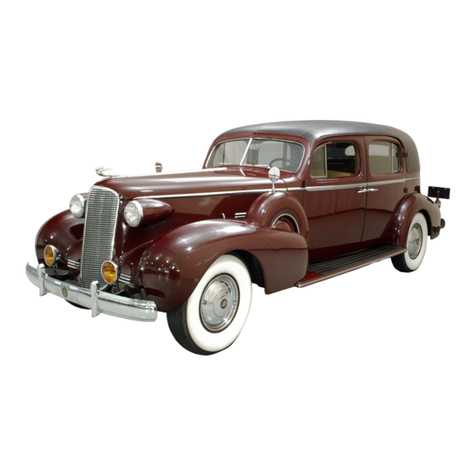
Cadillac
Cadillac 1937 LaSalle VVI Owner's manual
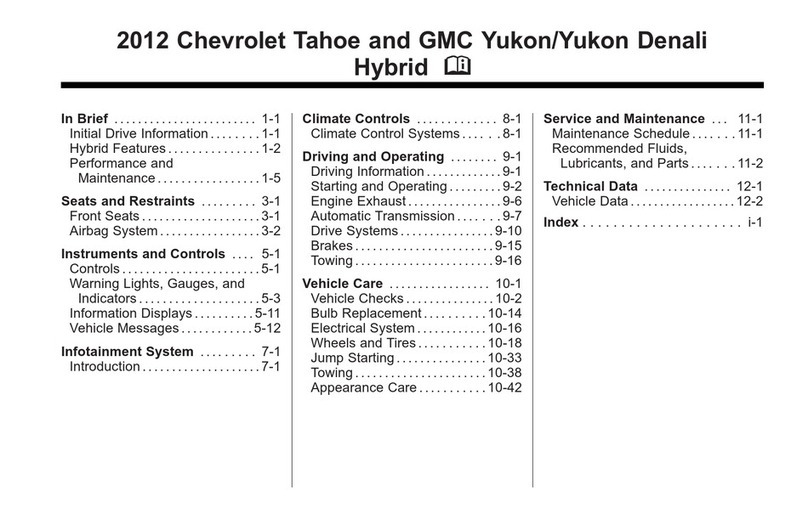
Cadillac
Cadillac Chevrolet Tahoe 2012 User manual

Cadillac
Cadillac 1999 Seville User manual
